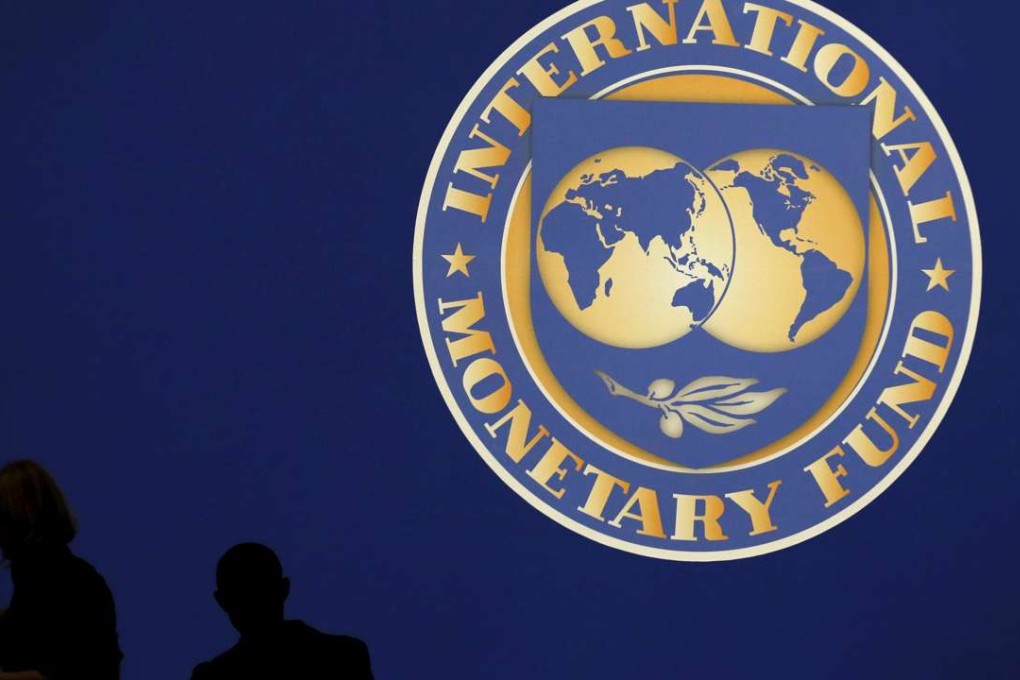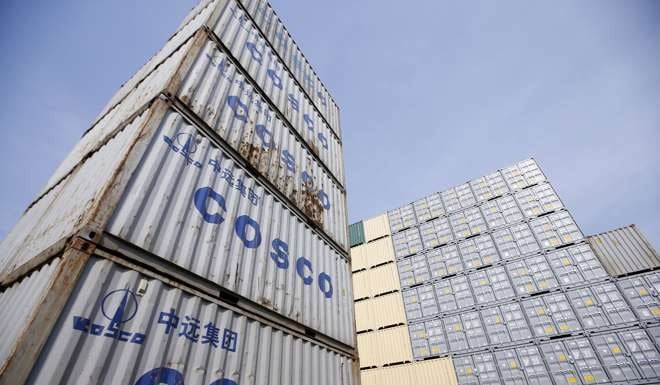Inside Out | How policy shifts in China are shaping global trade patterns

Belgium’s 4.2 million French-speaking Walloons, who last week very nearly hijacked the massive and hard-negotiated Canada-EU Trade Agreement, have provided a painful reminder that the four-decade cult of globalisation and trade liberalisation that has brought global wealth and lifted Hong Kong from post-war penury to affluence and global significance is deep in crisis.
In the US, President Obama must be within weeks of formally acknowledging that the nails are being banged in the coffin of the ambitious Trans-Pacific Partnership (TPP). At the same time, both Democratic and Republican candidates to succeed him have railed in the most visceral and primitive terms against international trade. The danger of backsliding into protection is real. A recent survey by YouGov indicates that approximately 71 per cent of Americans and 58 per cent of Germans believe that their countries should embrace more restrictive trade policies to protect their economies from foreign competition. Dozens of political parties across Europe have such protectionist sentiments at the heart of their political manifestos. In short, trade has become the populist politician’s favourite whipping-boy.
And in Hong Kong last week, economists from across the world gathered together by the Hong Kong Monetary Authority and the International Monetary Fund to unveil their semi-annual World Economic Outlook were wringing their hands to understand why sentiment has turned so powerfully against trade, and the globalisation that has accompanied it – and why annual trade growth has slowed so sharply since the 2008 crash.

So why the fall in trade? Uncontroversially, the IMF points to a “synchronised economic slowdown” that has followed the 2008 financial markets crash, linked to a sharp slowdown in the growth of foreign investment. Also uncontroversially it acknowledges that rising protectionism has played a part.
But other powerful factors have been at work. As most of the “low hanging fruit” from simple tariff cutting had been captured by the early 2000s, the liberalisation needed to keep trade growth driving forward has been harder to achieve: the necessary behind-the-border and services liberalisation has been tougher because it has threatened strong local vested interests in many economies, has controversially required amendment of domestic laws and regulations, and has required collaboration between multiple parts of government. Gone are the happy days when at-the-border tariff cuts could be agreed by trade ministers alone. As liberalisers have targeted local regulations, and compliance with internationally agreed standards, so the trade liberalising agenda has impinged increasingly precociously on sensitivities over domestic sovereignty.
